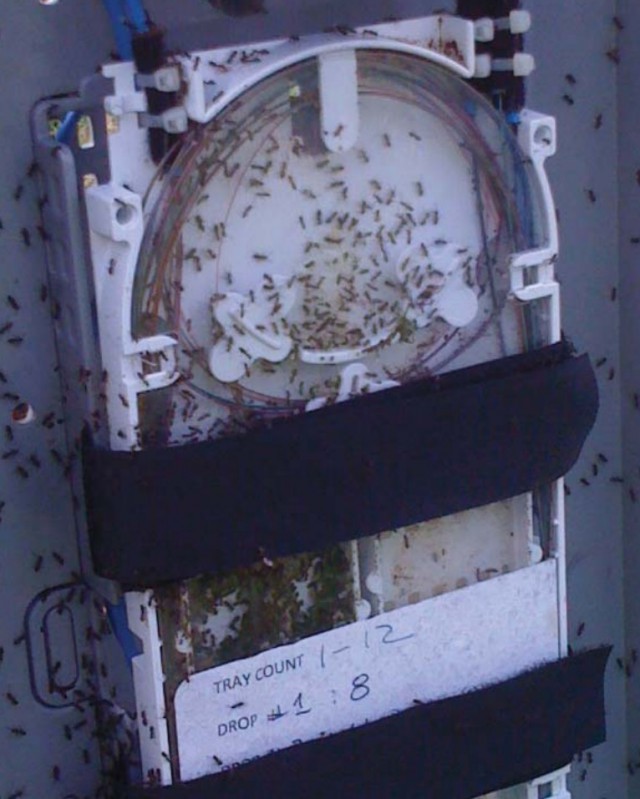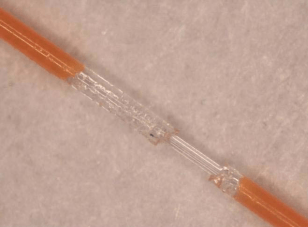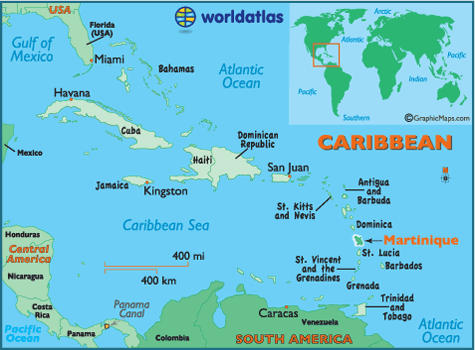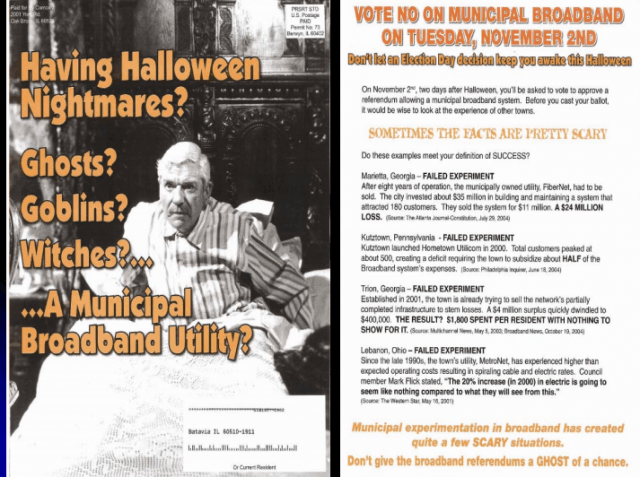
Protestors oppose the Shell Oil natural gas pipeline in western Ireland.
Shell Oil is trying to turn Irish environmentalists’ frowns upside down by donating a high-capacity fiber broadband and Wi-Fi network to appease local critics unhappy about hosting a natural gas pipeline they say won’t benefit any of the local communities it passes.
Shell will spend just shy of $1 million on the 132-kilometer fiber network and Wi-Fi system that will be laid in ducting placed next to the Corrib gas pipeline. Shell will donate the network to the Department of Communications, Energy, and Natural Resources upon its completion to support regional communications in western Ireland.
Local environmentalists dismissed the project as “propaganda.”
“It’s a pittance in comparison to the damage they have done to the environment,” said Betty Schult of the Kilcommon Lodge in Pullathomas. “It’s beside the point. There hasn’t been any social benefit. We have been given footpaths and street lights, but half the homes are unoccupied because we don’t have the infrastructure to keep them. They gave us flower baskets, but nobody watered them. It’s all propaganda.”
The Corrib gas pipeline has been controversial from the start and relations between Shell and nearby affected communities have been strained to the breaking point. More than 100 complaints about the project’s security staff have been received by the Irish government, with alleged acts of violence and intimidation committed against the protestors coming under serious investigation.
At one point, a “rape tape” emerged which contained a recording of several gardaí (the Irish police) joking about raping and deporting one of two women arrested for public order offenses during a protest against the project.
Protestors object to Shell’s project because it will disrupt the local environment, will likely never pay a penny in tax, and has left local and national politicians falling all over themselves responding favorably to Shell’s requests.
Independent Teachta Dála (Member of Parliament) Clare Daly claims certain gardaí monitoring the project were acting as “hired hands” for Shell Oil and were “arresting people without charge.”
Shell’s new fiber and wireless network will be available to everyone in the region, with the exception of the towns of Rossport and Pullathomas, the home of some of the fiercest protests against the pipeline for almost a decade.
Local protestors noted the oversight and suggested it was hardly an accident.
“It’s like all Shell initiatives; it’s not for our benefit. It’s like the gas, it will leave here and go elsewhere,” said Schult.
Maura Harrington added, “Shell says it will spend €750,000 (tax-deductible), big deal. Shell again clicks its fingers and [Irish Prime Minister] Enda Kenny comes toadying to do the needful.”
Shell to Sea, an opposition group, also dismissed Shell’s announcement “as a fistful of beads and baubles in comparison with the billions of euros worth of gas that was gifted to them in the Corrib Gas field.”


 Subscribe
Subscribe



 But some critics contend $664 million is insufficient to wire every building in Ireland for fiber service and suspect the government may try to backtrack and choose fiber to the cabinet or wireless service for the most isolated communities that could prove extremely expensive to reach with fiber.
But some critics contend $664 million is insufficient to wire every building in Ireland for fiber service and suspect the government may try to backtrack and choose fiber to the cabinet or wireless service for the most isolated communities that could prove extremely expensive to reach with fiber. The Caribbean island of Martinique will receive island-wide fiber to the home broadband service by 2019 and upgrades for many of the island’s ADSL lines while the overseas department (départements et territoires d’outre-mer) of France awaits fiber service.
The Caribbean island of Martinique will receive island-wide fiber to the home broadband service by 2019 and upgrades for many of the island’s ADSL lines while the overseas department (départements et territoires d’outre-mer) of France awaits fiber service.


